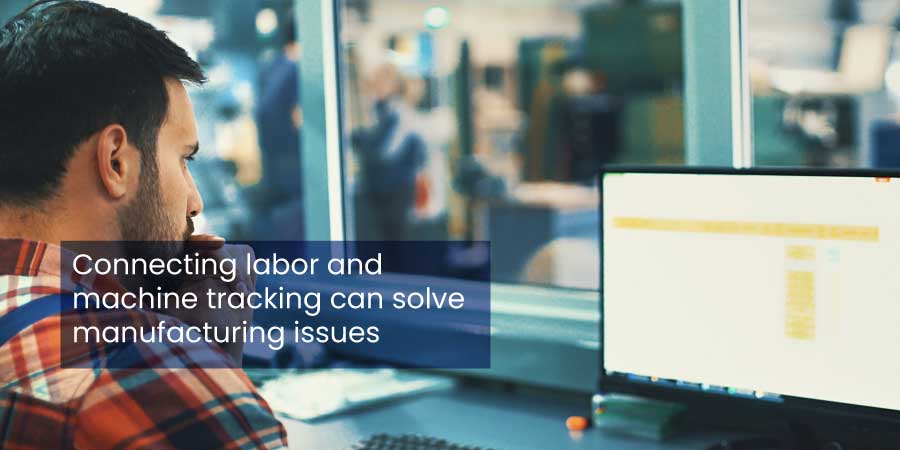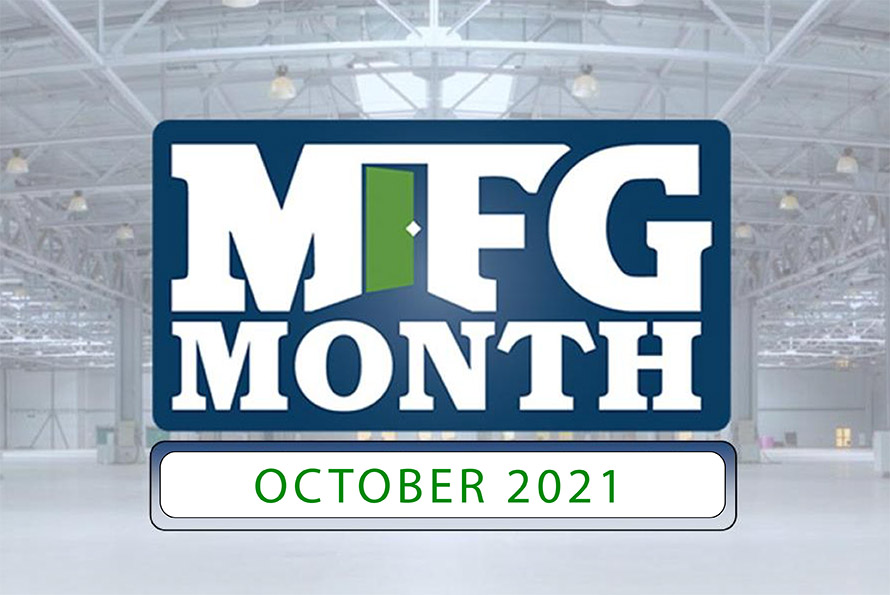Cut manufacturing inefficiencies and problems on the shop floor by combining labor and machine monitoring and metrics with MV2
Most manufacturing operations perform some level of data collection on human labor and on machine labor. Yet, many firms do not have the ability to easily combine and manage both together. This coordination shortfall leads to issues that can bite production managers in a number of ways. We’ve listed just a few here.
Locating bottlenecks and production mismatches
When the manufacturing process is a combination of manual operations and machine operations, the potential to get blindsided by performance inequalities increases quickly. This becomes especially true when labor productivity numbers aren’t being combined with machine work. Without having both sets of metrics viewed together, the ability for managers to load level the floor may get close to impossible. Work centers will be waiting on parts while others are over-producing. Time and money are being wasted unless labor and machines are balanced by better understanding their interactions.
Getting a complete picture of job costing
Generally, the complete cost of a job is materials plus machine time and labor. If it’s not currently possible to connect shop floor labor to the production machines, then margins will have a hard time being held. This becomes especially true when job estimators are using incorrect labor inputs to determine costing. For example, when it turns out it takes two people to run a machine and estimators are quoting for one, then it’ll fall to the plant manager to explain why margins aren’t being met.
Better understanding of labor usage and efficiency
If your firm has machines that need to be managed by workers, then it’s important to know exactly how much labor is needed to do so. It’s also immensely important to get an understanding of who on your staff is most efficient at running those machines and who really needs more training – or if there’s even enough trained workers to run them.
Connecting machine performance to workers assigned to the machine can find this information out. A connected manager will see what’s really possible in performance, whether people need more training and choose which workers to be trainers by who knows the process the best.
While these are just a taste of what a production manager might be missing out on by not having labor and machine tracking collocated for analysis, there is a solution that can solve this situation. A manufacturing execution system like MV2 is designed to be the data collection hub and central analysis point for both. It provides managers the ability to look holistically at their operations and find next-level performance from the operations they already have.
If you’re looking to understand further what’s possible with digital labor tracking and manufacturing machine analytics combined, contact us today. We have 30 years of experience bringing synergies like these to discrete manufacturers.




